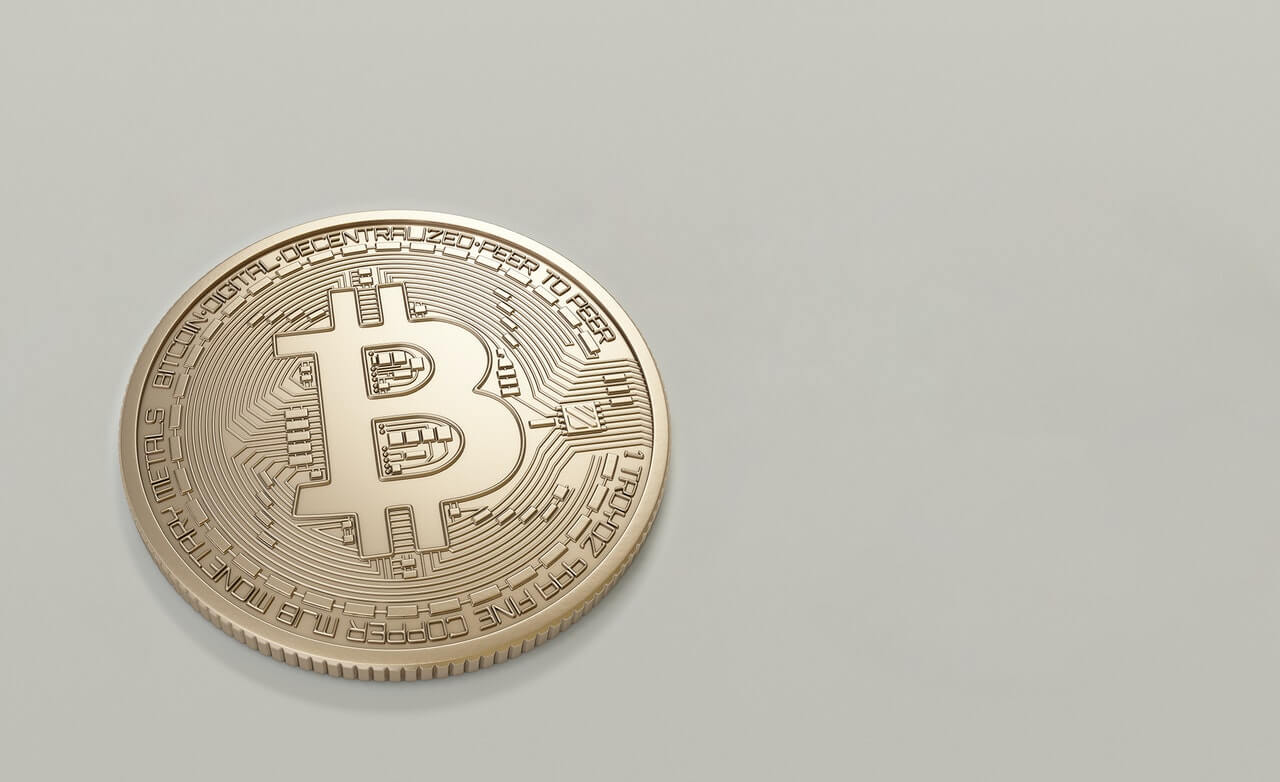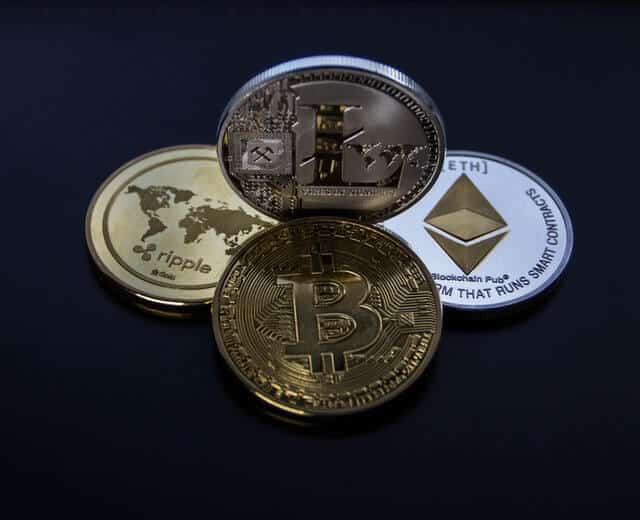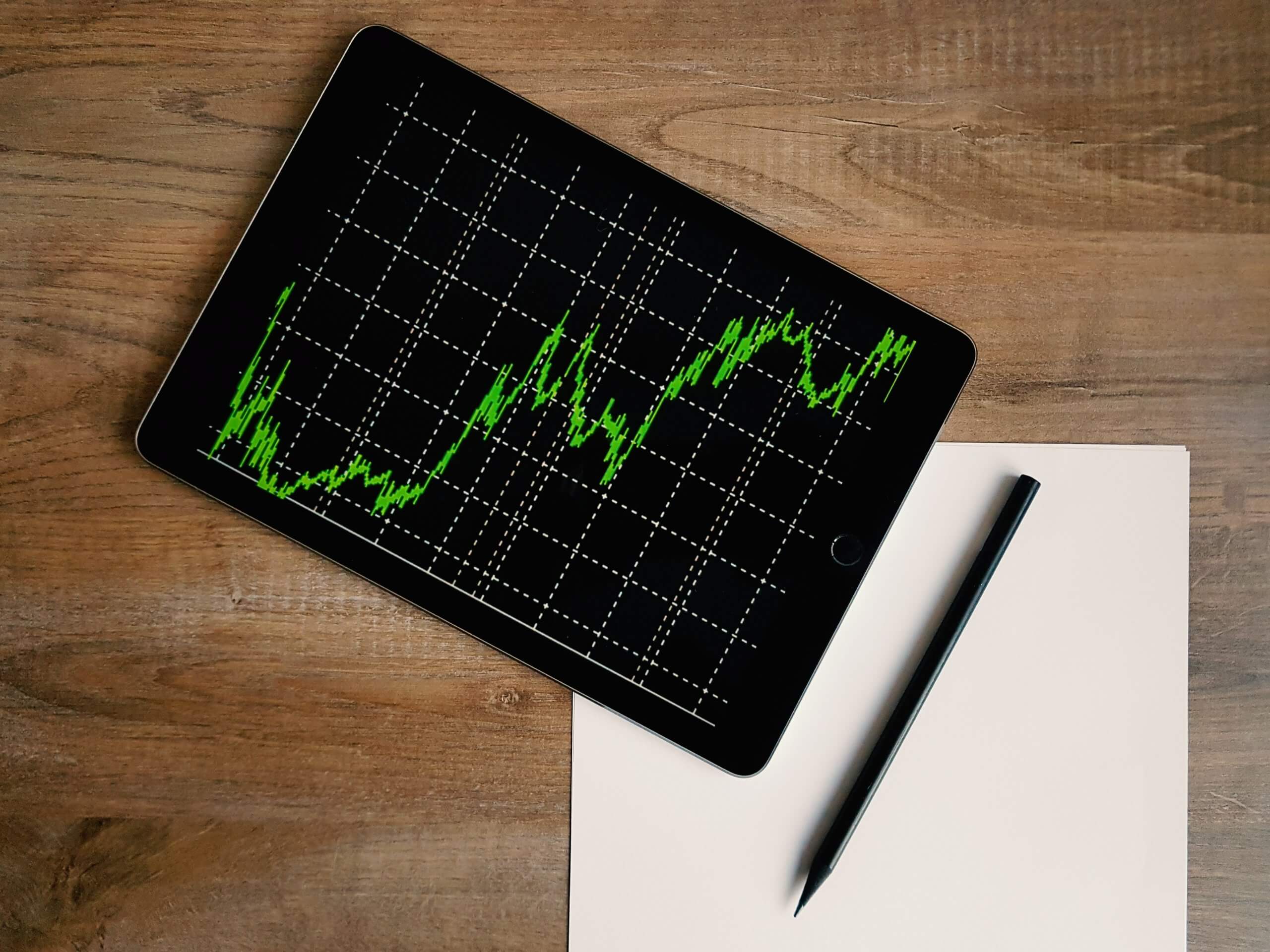The Bitcoin halving is a Bitcoin (BTC) feature that takes place every 210,000 blocks (around 4 years) and it reduces the new issuance of BTC. Analysts consider that this is one of the main characteristics of the largest digital currency and a key event that we should take into consideration for the Bitcoin network.
Disclaimer: the information shared by AltSignals and its writers should not be considered financial advice. This is for educational purposes only. We are not responsible for any investment decision you make after reading this post. Never invest more than what you are able to lose. Always contact your professional. financial advisor.
Bitcoin Limited Supply
The first thing we need to know to better understand how Bitcoin works is related to its limited supply. There are only 21 million BTC that would ever be mined. The process in which we get to these 21 million is by creating new BTC on a daily basis.
Miners, those in charge of confirming transactions, get rewarded for their work. Indeed, they have to pay for electricity bills, buy new ASIC miners and more. Each time they find a new block of transactions, they receive 6.25 BTC at the time of writing, plus the transaction fees for that specific block.
The Bitcoin network processes one block every 10 minutes. That means that per day, there are 144 blocks rewarding (creating) a total of 900 BTC. Until May 2020, rather than 900 BTC, 1800 BTC were created per day.
In the next Bitcoin halving, the reward would drop by 50%. If blocks reward 6.25 BTC now, they would be rewarding 3.125 BTC in three years. In this way, there is a reduction in the new issuance of Bitcoin that could have a strong positive effect on the price of the digital currency.
What is Bitcoin Halving?
The Bitcoin halving, as we mentioned before, is the event in which the rewards received by miners (block rewards) are halved. Yes, they are reduced by 50% after 210,000 blocks. This is one of the main Bitcoin features.
Every four years, the supply side of Bitcoin receives a shock with a new halving event. When demand increases and there is a negative shock in the supply, the results could be very bullish for the entire crypto ecosystem.
Bitcoin halving dates in the past were November 28th, 2012, July 9th, 2016, May 11th 2020. In the future, the 4th halving is expected between February and May 2024.
Is Bitcoin Halving good?
Bitcoin halving is very positive for the Bitcoin network. While traditional fiat currencies get devalued on a regular basis, Bitcoin is different. There is a limited supply and this is programmed to be in this way and forever.
The Bitcoin halving is good in our opinion. It reduces market uncertainty in terms of BTC supply and helps the Bitcoin network keep running. It is indeed, one of the main features of Bitcoin. Without it, BTC would not be the $1 trillion dollar asset that is today.
How does Bitcoin Halving Affect Price?
Bitcoin halving affects price in a positive way. As we mentioned before, as the supply side receives a negative shock (newly created BTC drop by 50%), the price of BTC could be positively affected.
Indeed, if we take into consideration previous price cycles, we see that every single time there is a Bitcoin halving, the price moves higher in the next years. Thus, Bitcoin halvings are certainly positive for the price as there are fewer BTC created for a larger or fast-growing demand.
Bitcoin Halving 2024
Everyone is now asking for the Bitcoin halving countdown and Bitcoin halving dates. The truth is that we need to wait until 2024 for the next Bitcoin halving. This is expected to take place between February and May 2024. This depends on the speed at which miners find new blocks and how they are added to the Bitcoin blockchain.
The Bitcoin halving in 2024 will reduce the new issuance of Bitcoin from 6.25 BTC to 3.125 BTC. That means that the newly created BTC will be reduced by half. As we wrote before, this is a positive thing for the price of Bitcoin. Moreover, this is how an asset with a limited supply works, but having clear rules on the new issuance of coins and pushing the entire market forward.
In 2028, a new Bitcoin halving is expected to take place with a new issuance reduction from 3.125 BTC per block to 1.5625 BTC.





















